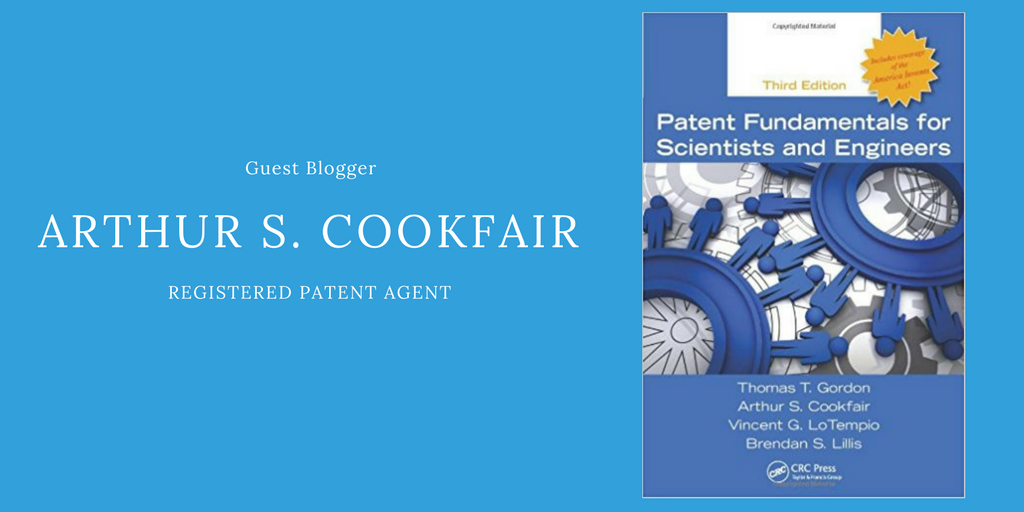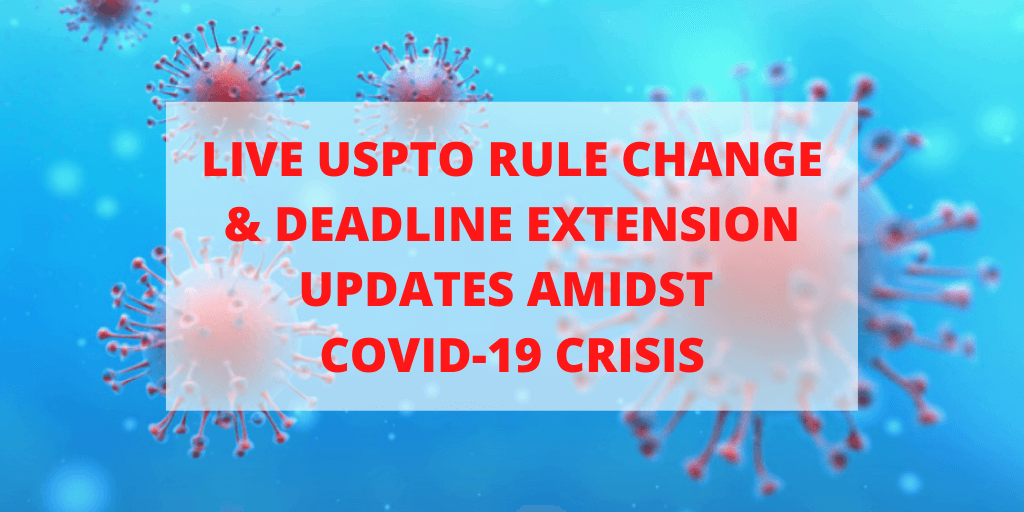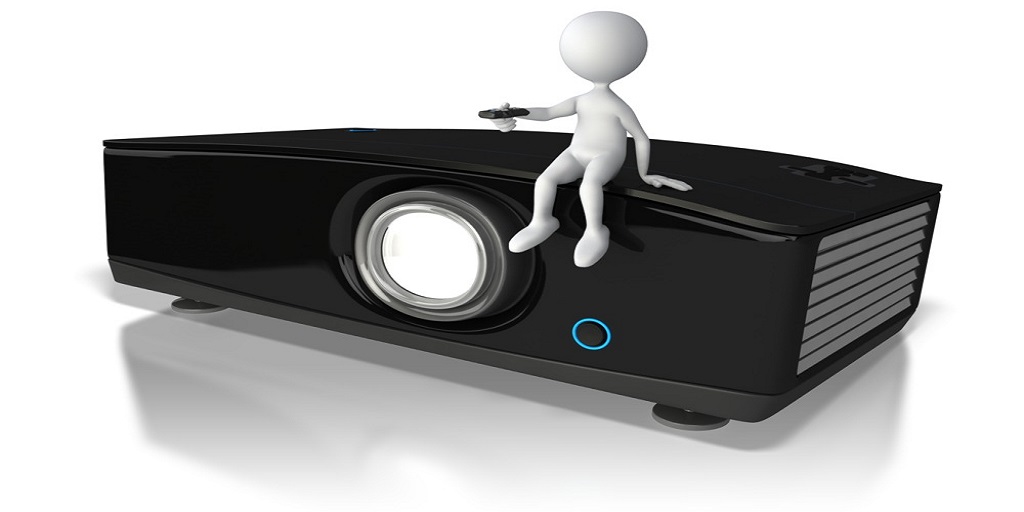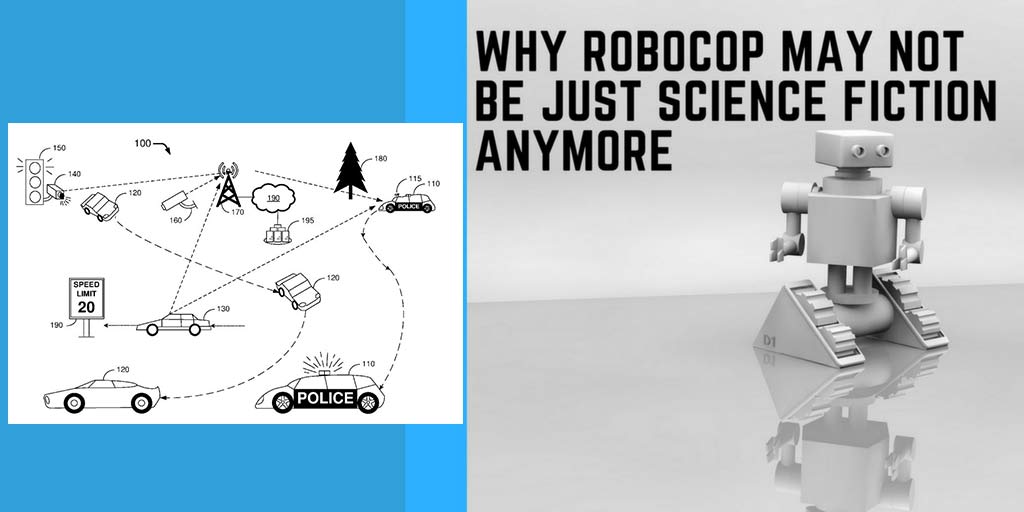Patent Fundamentals (Part 2)
Guest Blogger: Arthur S. Cookfair, Registered Patent Agent
WHAT CAN BE PATENTED
The patent statutes (35 U.S.C. 101) specify four classes of subject matter suitable for the grant of a patent. To be patentable, an invention must be directed to a:
- process
- machine
- manufacture, or
- composition of matter
Often a close look at the creative efforts that led to one patentable invention, will disclose related inventions that may fall within one or more of the other statutory classes of invention. For example, the invention of a new composition of matter, such as a chemical compound, may also involve the invention of a process for making the compound.
Since the compound is probably intended for a specific use, there may at the same time be patentable inventions directed to the
- use of the compound in a process, or
- as a material for an article of manufacture.
In addition to falling within one or more of the statutory classes, a patentable invention must meet three requirements, it must be:
- novel, (35 U.S.C. 102)
- useful (35 U.S.C. 101), and
- non-obvious (35 U.S.C. 103).
Novel
In general this means that the invention must not have been known or used by anyone in the U.S. or published or patented anywhere in the world before being invented by the person applying for a patent. Also, it must not have been published or patented anywhere in the world, or in use or on sale in the U.S. more than one year prior to the date of application for a patent.
Useful
The invention must have some identified use. The use may be very limited (this is often the case in the very early stages of development of an invention), but it must be present.
Non-obvious
When viewed against the prior art (i.e. public knowledge, prior publications, etc.) The invention must be non-obvious to a person of ordinary skill in the field to which the invention pertains. (Obviousness is a very subjective factor and is a common source of disagreement between patent applicants and patent examiners.)
THE PATENT APPLICATION
Basic to the philosophy of patents is that, in return for the patent, the inventor must fully disclose the invention. In so doing, the disclosure becomes a part of the technical literature and “promote(s) the progress of…the useful arts” as required by the Constitution (Article I. Section 8).
The full disclosure of the invention insures that the public will have possession of the invention and how to make and use it after the patent expires.
The descriptive portion of the patent application (and of the subsequently issued patent) is called the “specification”. It is a description that is required by statute (35 U.S.C. 112) to be written in sufficient detail to enable those skilled in the art to which it pertains to make and use the invention.
For example, a specification of a patent (or a patent application) on a chemical invention should be sufficiently clear and detailed to enable an ordinary chemist working in the same subject area to make and use the invention.
Patents directed to mechanical inventions will commonly include drawings. Patents directed to chemical inventions will commonly include working examples which may be written in a “cookbook” style to guide other chemists in the practice of the invention. The specification concludes with one or more “claims”. The claims are statements that define the metes and bounds of the invention.
THE PATENTABILITY SEARCH
The patentability of an invention is measured against what others have done before. A patentability search is simply an attempt to find out what has been done before so that the best decision can be made regarding whether or not to file a patent application.
Referred to by various names — novelty search, pre-examination search (or “pre-ex search”) or simply prior art search, it involves searching the literature to uncover any publications that might affect patentability of the invention. Patentability searches are often limited to searching the patent files. However, a thorough search should also include the non-patent technical literature in the field of the invention.
If the search shows that the invention is not new, or is obvious from the prior art, it may save the time and expense of preparing and filing a patent application. Even if the invention appears patentable over the prior art, the search may uncover references that will serve as a guide in the drafting of a patent application and help to determine the scope of patent protection possible.
PATENT PENDING
When the patent application is filed in the U.S. Patent and Trademark Office, the filing date is recorded and the application is assigned a serial number (sometimes referred to as an application number). The serial number and filing date are important in the identification of the application, and may be useful in relating that application (or the subsequently issued patent) to other related U.S. patents or equivalent foreign patents or applications.
The application is then sent to an Examining Division where it is assigned to a patent examiner who has expertise in the technical field of the invention. The examiner will study the application, make a literature search (i.e., a “prior art” search), and issue an “Office Action” rejecting or allowing the application. In most instances, the first office action will be a rejection, which may be based on formalities or on the Examiner’s opinion that the same invention is shown in the prior art, or obvious from the prior art.
The applicant may then respond by amending the claims to overcome the examiner’s rejection. The application will then be reconsidered and a second office action will be issued. Commonly, the second action will be a “final” action from the examiner, i.e., an allowance or a final rejection.
On receiving a final rejection, the applicant has the right to appeal that rejection to the Patent Office’s own Board of Appeals and Interferences who will consider the arguments and render a written opinion affirming or reversing the examiner’s rejection.
The “patent pending” process, from filing to issue of a patent, requires an average time of approximately eighteen months — if the process goes smoothly. If there are problems, such as the need to appeal, the process may take considerably longer.
THE PATENT TERM
The term of a U.S. patent begins on the date of issue and ends 20 years from the date on which the application was filed (subject to the payment of maintenance fees). During that time the patentee has the right to exclude others from making, using, or selling the invention in the United States.
Related post:






November 7, 2010 @ 8:27 pm
Great primer on patent law and prosecution. I’m hoping you’ll post a similarly thorough and informative article on the fundamentals of patent enforcement